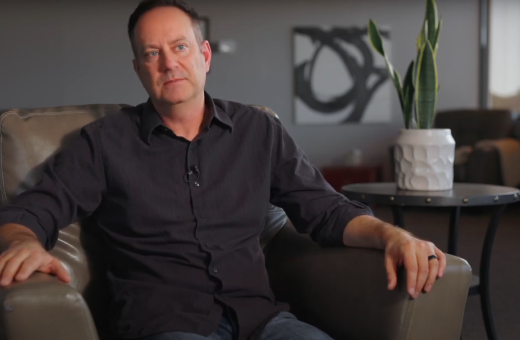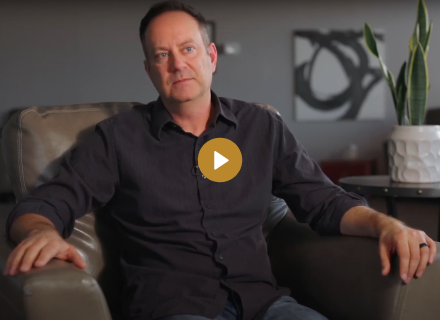By Floyd Godfrey, PhD
The “Hug My Younger Self” trend is taking over social media. By using AI to generate images of a person’s adult self-embracing their child self, users are symbolizing emotional healing, self-compassion, and reflection. But beneath this wave of nostalgia lies a deeper cultural signal that many individuals are longing for emotional connection and identity repair, especially those recovering from compulsive pornography use.
Self-Compassion and the Wounds of Pornography
For those who have battled pornography addiction, the “Hug My Younger Self” trend strikes a profound emotional chord. Many individuals addicted to pornography carry deep shame, often stemming from early exposure, emotional neglect, or unresolved trauma. Visualizing oneself as a child and offering symbolic compassion can become a powerful therapeutic exercise in healing the emotional ruptures that pornography use often masks.
The trend reveals a collective yearning to reconcile with the past. This is especially relevant for men and women in recovery who are working to reestablish a healthy identity and reparent themselves. Therapists often use inner-child techniques to help clients reconnect with who they were before the addiction took root—making this visual trend more than just art; it becomes a mirror of the work happening in therapy rooms worldwide.
How AI and Social Media Impact Sexual Identity
While this trend provides an opportunity for healing, it also highlights the conflicting role technology plays in our emotional lives. The same platforms showcasing emotional growth are saturated with hypersexualized imagery and algorithm-driven adult content. Many people who engage in the “hug” trend may be simultaneously struggling with compulsive online behavior, often using pornography as a maladaptive form of self-soothing or dissociation.
The Role of AI in Shaping Intimacy
AI tools used in the creation of “Hug My Younger Self” images can also produce stylized sexual fantasies, which are widely shared and consumed. The intimacy presented through nostalgia becomes blurred when AI-generated bodies, faces, or childhood references are combined with sexually explicit content elsewhere online. For people in recovery, this duality poses a potential danger: using AI for healing one moment, then unconsciously engaging it for escapism the next.
Therapeutic Use of Nostalgia in Recovery
Mental health professionals can guide clients in using trends like this as part of recovery. Encouraging clients to create or reflect on images of themselves at younger ages can be integrated into therapy as part of self-compassion training. This practice allows individuals to mourn lost innocence, forgive themselves for past choices, and build a more grounded sense of self-worth which counteracts the identity erosion that pornography often causes.
Final Thoughts
“Hug My Younger Self” is not just a social media trend, but rather a digital representation of the deeper human need for healing. For those recovering from sexual addiction, it serves as a powerful invitation to reflect on the inner child, to offer compassion, and to reclaim one’s story. Therapists, coaches, and individuals alike can embrace this opportunity to foster recovery through meaningful connection both with others and with oneself.
Floyd Godfrey, PhD is a Clinical Sexologist and a Certified Sex Addiction Specialist. He has been guiding clients since 2000 and currently speaks and provides consulting and mental health coaching across the globe. To learn more about Floyd Godfrey, PhD please visit his website: www.FloydGodfrey.com



